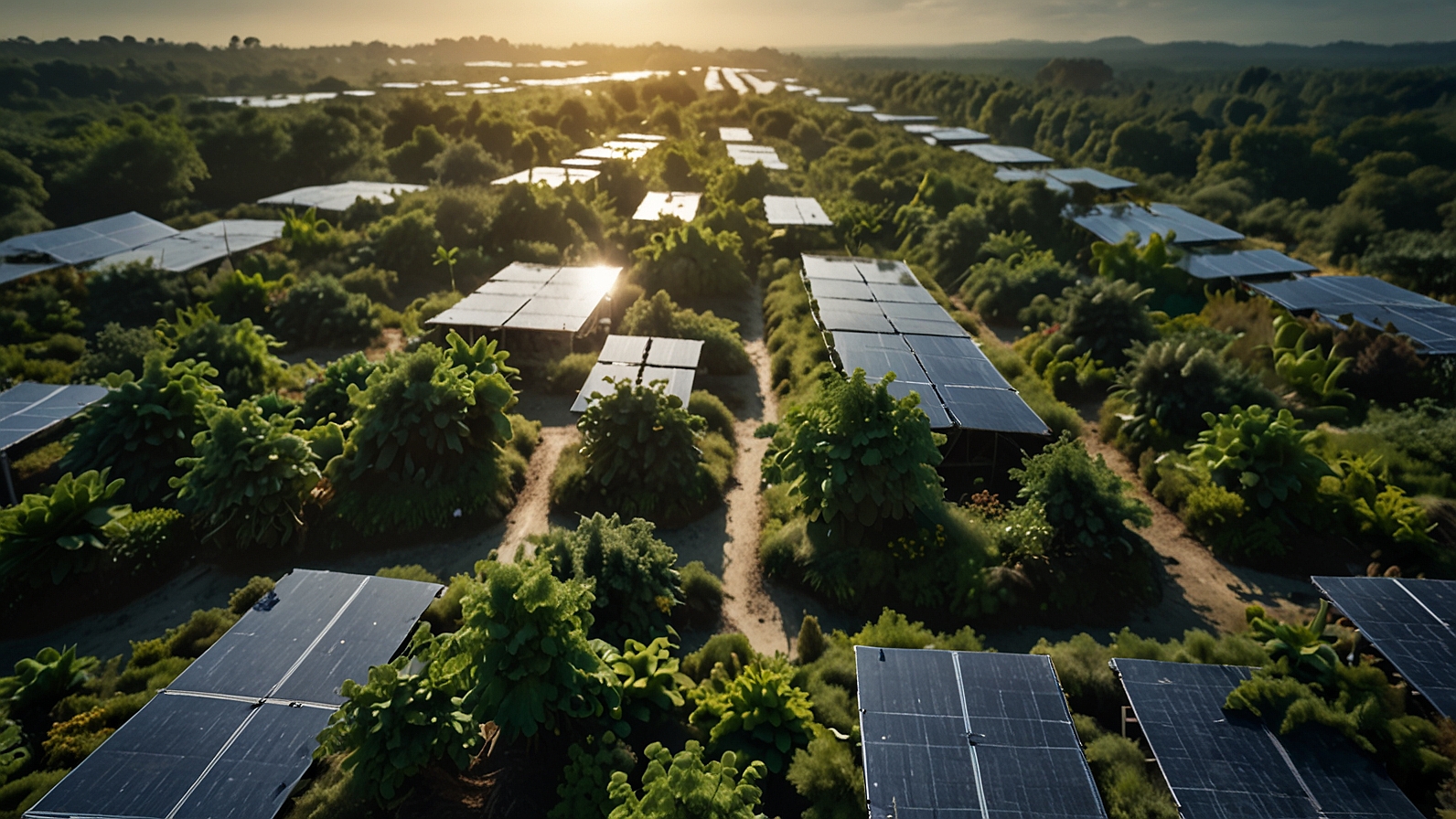In today’s fast-paced world, where every moment seems to be dictated by deadlines, itineraries, and the constant need to rush from one place to the next, the concept of slow travel has become an increasingly popular alternative. Unlike traditional tourism, which often emphasizes hitting as many landmarks as possible in the shortest amount of time, slow travel encourages a deeper, more intentional experience, allowing travelers to connect with a destination and its people in a way that hasty sightseeing often fails to achieve.
What is Slow Travel?
Slow travel is about taking the time to immerse yourself in a destination, savoring the culture, environment, and local life at a more relaxed pace. It’s about exploring a place beyond the surface level and forming a meaningful connection to its history, traditions, and people. Rather than hopping from city to city or country to country, slow travelers often choose to stay in one place for a longer period of time, allowing them to truly understand and appreciate the nuances of their surroundings.
At its core, slow travel is about quality over quantity. It’s not about seeing everything, but about seeing deeply, experiencing fully, and embracing the journey rather than racing toward the destination.
Why Choose Slow Travel?
- Cultural Immersion: One of the key benefits of slow travel is the ability to immerse yourself in the local culture. By spending time in a single place, you have the chance to engage with locals, visit less-touristy spots, and experience the destination’s authentic lifestyle. Whether you’re joining a local cooking class, chatting with shop owners in a small village, or participating in traditional festivals, slow travel allows you to experience the heart of a destination.
- Sustainability: Slow travel promotes sustainability by encouraging travelers to reduce their carbon footprint. Rather than hopping between multiple cities via plane, slow travelers often opt for more environmentally-friendly modes of transport such as trains, buses, bicycles, or even walking. Additionally, staying longer in one place reduces the need for frequent flights, which is a major contributor to carbon emissions. This mindful approach to travel is more respectful of the planet and its resources.
- Mental and Physical Well-Being: The hustle and bustle of traditional tourism can leave travelers feeling exhausted and stressed. Slow travel, on the other hand, offers a chance to slow down and recharge. The leisurely pace of exploring allows for more moments of reflection and relaxation, which can lead to reduced stress levels and a greater sense of peace. Many slow travelers find that their physical and mental well-being improves as they disconnect from the rush of modern life and focus on being present in the moment.
- Deeper Connections: Instead of moving on to the next tourist attraction, slow travelers tend to build deeper connections with their surroundings. They may strike up conversations with locals, make friends in cafés, or simply take time to observe the world around them. This connection leads to more meaningful experiences, such as discovering hidden gems that you would have otherwise missed or sharing a meal with a local family.
How to Embrace Slow Travel
- Plan a Longer Stay: The beauty of slow travel lies in spending more time in one place. While it’s tempting to pack in as many destinations as possible during a trip, consider extending your stay in one area to fully explore it. A few days in a new place might not allow you to scratch the surface, but a week or two (or more) will give you the opportunity to discover its true essence.
- Travel by Train, Bus, or Bicycle: Instead of flying from one location to the next, opt for slower forms of transportation. Trains offer scenic routes, and buses and bicycles allow you to witness the landscape in a way that driving does not. The journey itself becomes part of the experience, and it’s often the moments between destinations that yield the most unexpected memories.
- Engage in Local Activities: Slow travel is about more than just sightseeing—it’s about engaging with local culture. Take a cooking class to learn how to make traditional dishes, visit local markets to discover fresh ingredients, or explore the arts and crafts of the region by participating in workshops. Slow travel is an opportunity to interact with the place on a deeper level, beyond just taking photos of famous landmarks.
- Leave Room for Spontaneity: While it’s important to have a loose itinerary, slow travel also involves allowing space for spontaneity. Spend a day wandering aimlessly through a local neighborhood, follow a random path, or sit in a park and watch the world go by. Some of the best experiences often come from unplanned moments, whether it’s discovering a hidden café or being invited to a local event.
- Choose Less-Visited Destinations: Part of the charm of slow travel is seeking out destinations that are off the beaten path. Rather than heading to the most popular cities or tourist hotspots, consider visiting smaller towns or rural areas where you can get a more authentic experience. The slower pace will allow you to appreciate the quiet beauty of these places, which are often overlooked by traditional tourists.
Top Destinations for Slow Travel
- Tuscany, Italy: The rolling hills, picturesque vineyards, and quaint villages of Tuscany are perfect for slow travelers. Stay in a countryside villa, explore local markets, and savor long meals with local wines. You’ll have plenty of time to take in the breathtaking landscapes and immerse yourself in the region’s rich history and culture.
- Kyoto, Japan: While many travelers flock to Tokyo, Kyoto offers a quieter, more reflective experience. Wander through ancient temples, stroll along the Philosopher’s Path, and enjoy traditional tea ceremonies. Kyoto’s peaceful ambiance is ideal for those seeking a slow, mindful journey.
- Bhutan: Known for its commitment to preserving its culture and environment, Bhutan is a destination that encourages slow, sustainable travel. The country’s scenic landscapes, rich Buddhist traditions, and emphasis on happiness make it a place where travelers can truly disconnect and engage with the environment.
- The Scottish Highlands: With rugged landscapes, remote villages, and an emphasis on nature, the Scottish Highlands are perfect for slow travelers who want to connect with the wilderness. Hike through forests, explore castles, and enjoy the quiet pace of life in this stunning part of the world.
Final Thoughts
In a world that often feels like it’s speeding by, slow travel offers a refreshing opportunity to take a step back, embrace the present, and connect more deeply with the places and people you encounter. By traveling at a more leisurely pace, you open yourself up to richer, more meaningful experiences that go beyond the surface. Whether you’re exploring an ancient city, wandering through a quiet village, or simply watching the sunset, slow travel allows you to savor the world in a way that fast-paced tourism never can.
4o mini














